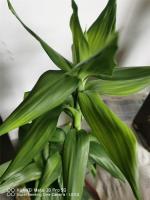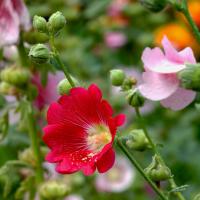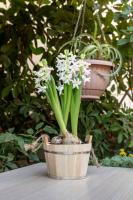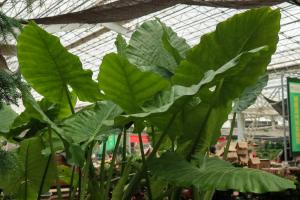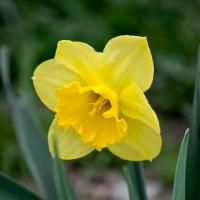When to Plant Tomatoes in New York City
Growing tomatoes can be a rewarding experience, but to get the most out of the process, you need to know when to plant. In New York City, the best time to plant tomatoes depends on various factors including climate, soil, and weather conditions. Here, we'll take a closer look at when to plant tomatoes in New York City for a successful harvest.
Climate Conditions in New York City
New York City has a humid subtropical climate, which means that summers are warm and humid, while winters are cool to cold. The average temperature in summer ranges from 70 to 80 degrees Fahrenheit, while winter temperatures drop to 20 degrees Fahrenheit. This temperature range is ideal for growing tomatoes, which thrive in warm soil and air.
Better Soil Yields Better Tomatoes
The quality of soil you plant your tomatoes in can have a significant impact on their growth and productivity. The ideal soil for growing tomatoes is slightly acidic with a pH range between 6.0 and 6.8. The soil should also be rich in organic matter, such as compost or well-rotted manure, to provide adequate nutrients for the plants.
Choosing the Right Time to Plant
The best time to plant tomatoes in New York City is in mid-to-late May after the last frost has passed. The soil should be warm, about 60 degrees Fahrenheit, to promote seed germination and ensure healthy growth. Planting too early can result in poor seedling growth, while planting too late may result in a shorter growing season with a smaller harvest.
Factors to Consider
There are some factors you need to consider when planting tomatoes in New York City. For one, the variance in weather conditions can affect the growth of your plants. In hot summers, tomatoes may wilt and plants may grow slower because the soil may dry out faster. Alternatively, heavy rainfall may cause soil erosion and lead to fungal diseases that affect plant health.
Another factor to consider is pests, which can damage or destroy your tomato plants. Common tomato pests in New York City include spider mites, aphids, and cutworms. To keep these pesky critters at bay, plant your tomato plants away from other vegetables, especially those that are favored by garden pests. You can also use organic insecticides or pesticides to repel tomato pests.
In Conclusion
Tomatoes are a popular garden crop in New York City, but knowing when to plant is key to ensuring a successful harvest. Mid-to-late May is the ideal time to plant tomatoes in New York City, as soil temperatures reach 60 degrees Fahrenheit at this time. However, factors such as climate, soil quality, pests, and weather conditions can affect the growth of your tomato plants, so be sure to take these into consideration when planning your planting schedule.

 how many times do yo...
how many times do yo... how many planted tre...
how many planted tre... how many pine trees ...
how many pine trees ... how many pecan trees...
how many pecan trees... how many plants comp...
how many plants comp... how many plants can ...
how many plants can ... how many plants and ...
how many plants and ... how many pepper plan...
how many pepper plan...